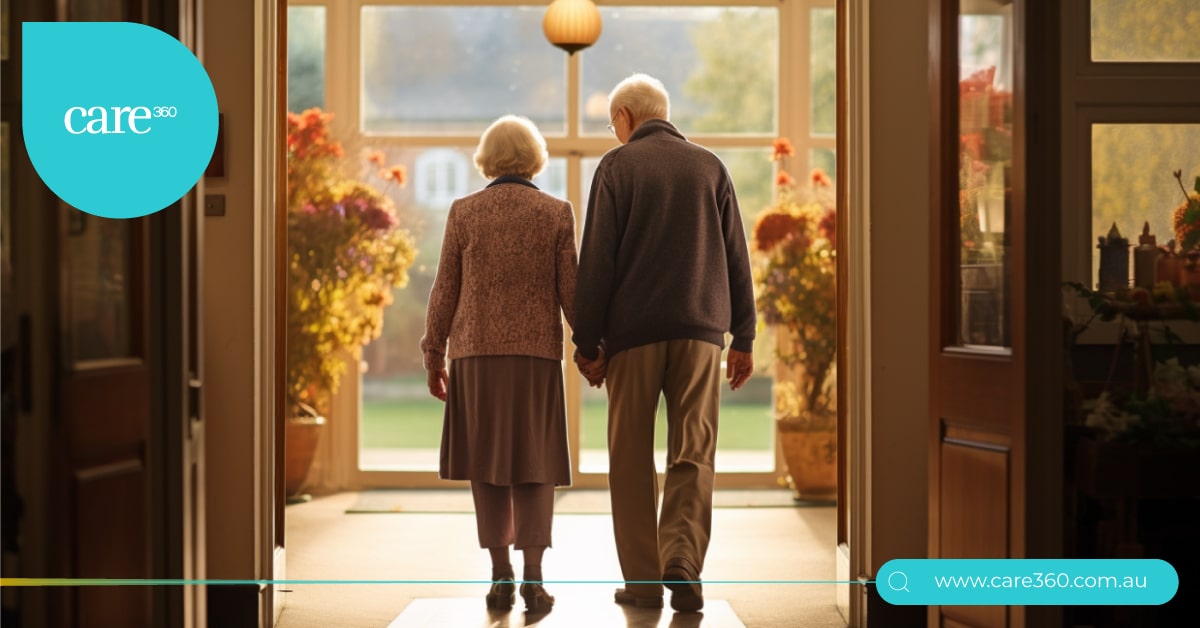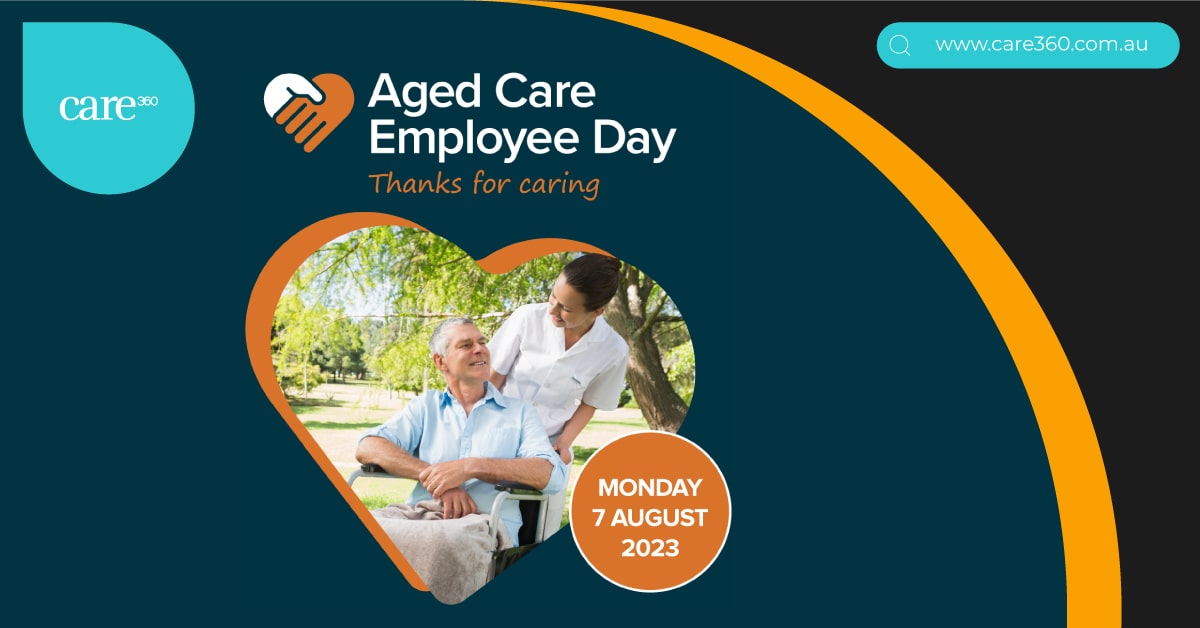
2021 Federal Budget
What does it mean for the aged care sector?
Many budget wrap-ups begin with a focus on what was wrong: too much spending, not enough spending … too much to the rich, too little to the poor … too much for ‘them’ and not enough for ‘us’. And whilst many of these criticisms may ring true in the days after last night’s much-anticipated announcement, we have decided instead to first focus our attention on the big wins and what they could mean for the aged care sector. After the events of 2020, we could all use a little bit of good news! So, let’s start with what we consider to be the biggest win of the promised $17.7bn aged care package and then work our way down the list.
BIGGEST OVERALL WIN
80,000 new places funded for at-home care
This is what we truly consider to be the most exciting news from last night’s budget – a commitment to funding for 80,000 new places for home-based care. With over 100,000 currently on the waiting list to receive subsidised home care, this will go a long way towards clearing that back log, as well as easing pressure on residential care facilities. Truly a win for everyone!
BIGGEST WIN FOR RESIDENTIAL AGED CARE
Mandated care hours
As the last major economy in the western world to ensure aged care residents receive a minimum level of care, this is a big step towards the status quo! Back in 2018, MP Rebekha Sharkie bravely sponsored a bill into parliament, demanding minimum care hours. Facing a sea of backlash from aged care industry lobby groups, her demands were lost in a sea of bureaucracy at the Department of Health until now, and while she will have to wait until 2023 to see her bill put into motion, her persistence has definitely paid off.
As a result of Ms Sharkie’s campaigning, residential care homes will now be required to average 3 hours and 20 minutes per resident by 2023, with that number set to rise again from 2024. This time will also encompass 40 minutes with a registered nurse, ensuring that the physical and emotional needs of all residents are being addressed.
Disappointingly, the combination of both those times are only just enough to qualify a 3-star rating on the USA’s 5-star system, however, this is definitely a step in the right direction for aged care in Australia.
Now that we’ve celebrated our wins, let’s chat about our concerns, and what we can do to pave the way for even greater reform in the aged care sector.
BIGGEST LOSER
Basic comparisons of the quality of homes
This is where we get preachy, sorry. Simply put, there is just no excuse for the Federal Government’s refusal to allow consumers to compare aged care homes. There is even less excuse for telling consumers that they are spending $200m to allow comparisons, when the reality is yet more pandering to the industry that doesn’t want fair comparisons and the bureaucrats that don’t want to provide them because it’s “too hard”.
In 2019, Minister Colbeck announced the launched of ‘performance ratings’ on the MyAgedCare site, which had been given $61.7m for improved consumer information. Unfortunately, those ratings are grossly inadequate, and all they published was a 4-star rating system in which a home got four stars if it had not received any compliance breaches. That’s like restaurants getting a five-star rating because they didn’t violate any health regulations.
To show how ridiculous the government’s announcement was, 85% of homes got the maximum 4-star rating. This was described as “differentiated performance ratings” by Minister Colbeck.
In the meantime, the government terminated the consumer experience reports they had been running for three years, in which they actually asked residents and their families how they felt about things like safety, quality of staff, quality of food and overall quality of care.
Care360 operates in British Columbia, Canada and is setting up in the US as well. In those countries, consumers can see more than 25 performance metrics including:
- average amount spent per bed, per day on food
- nursing and other care hours per bed, per day
- injuries
- mental wellness measures
- activity levels
In Australia, we have already spent $61.7m, and now apparently another $200m to access information about basic levels of hygiene and care!
We are better than this, Australia. We have to get the lobbyists and bureaucrats out of the way, and provide older Australians with the respect and dignity they deserve to actually make informed decisions.
For more information on Care360, please visit our website www.care360.com.au and to stay up-to-date with our latest news follow us on Facebook & Instagram






